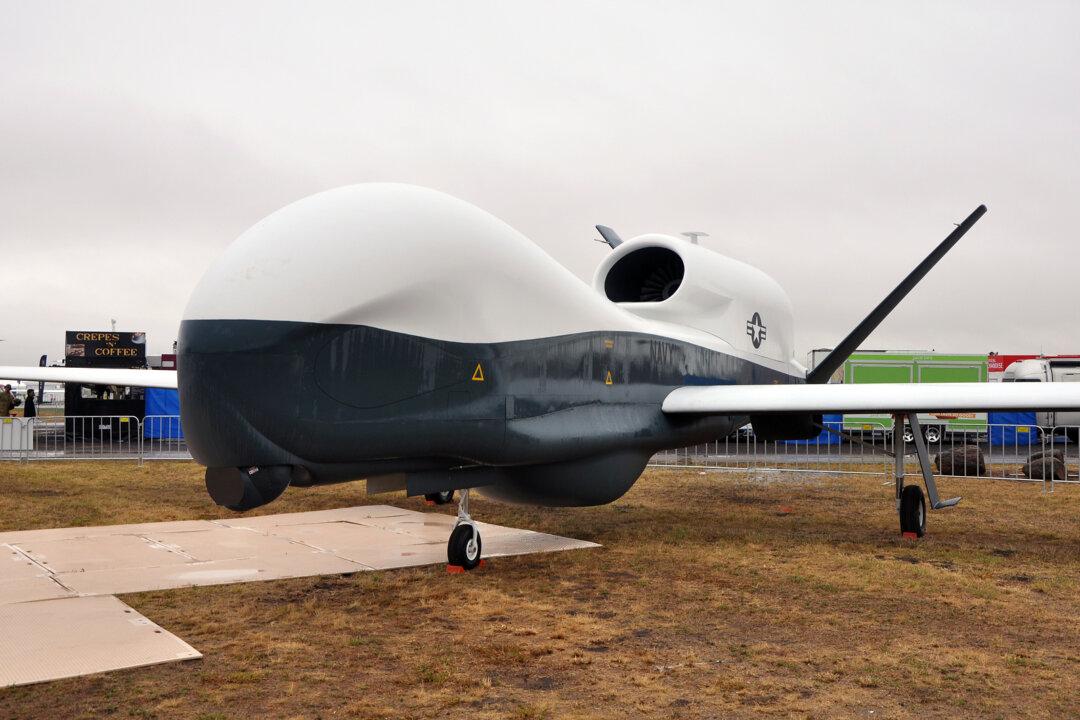News Analysis
WASHINGTON—The Pacific forces of the United States and its allies face their greatest threat since the Soviet Union. That threat comes from China, which has undermined the U.S.-backed global order for 20 years. But the United States is under-equipped for great powers competition, analysts said on Dec. 13 at the Hudson Institute. In the Western Pacific, in particular, the United States isn’t ready.




